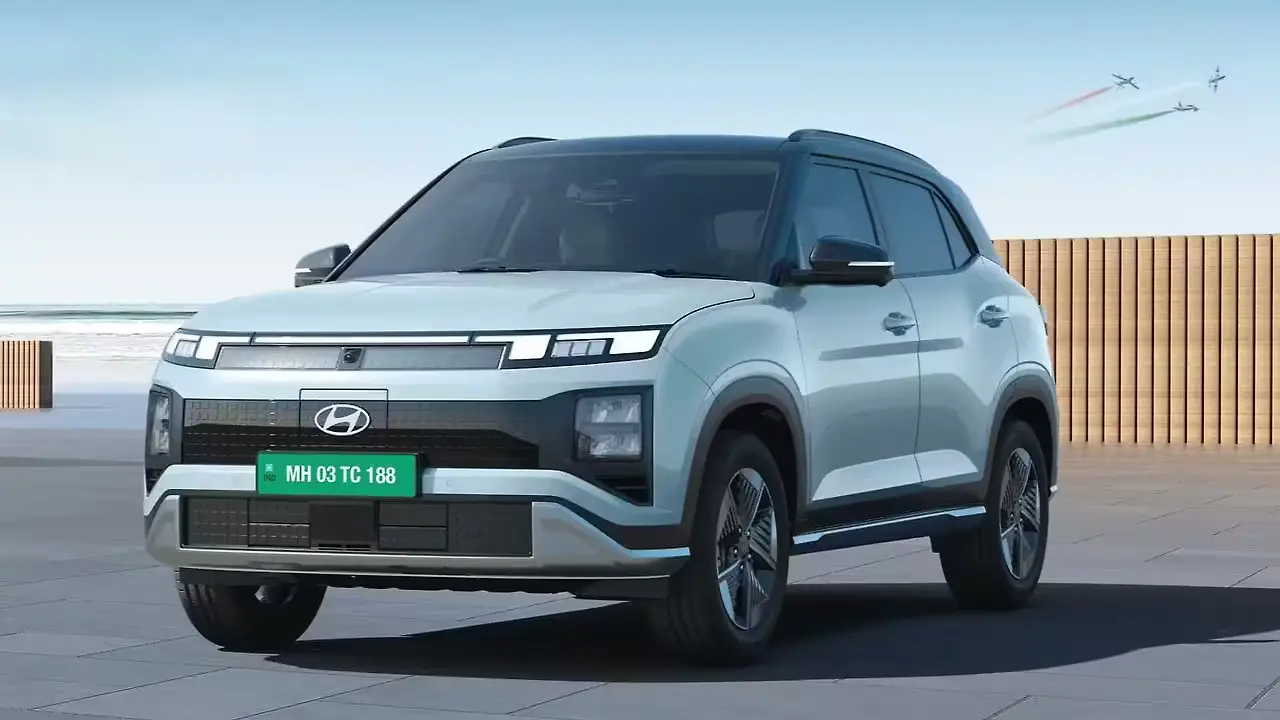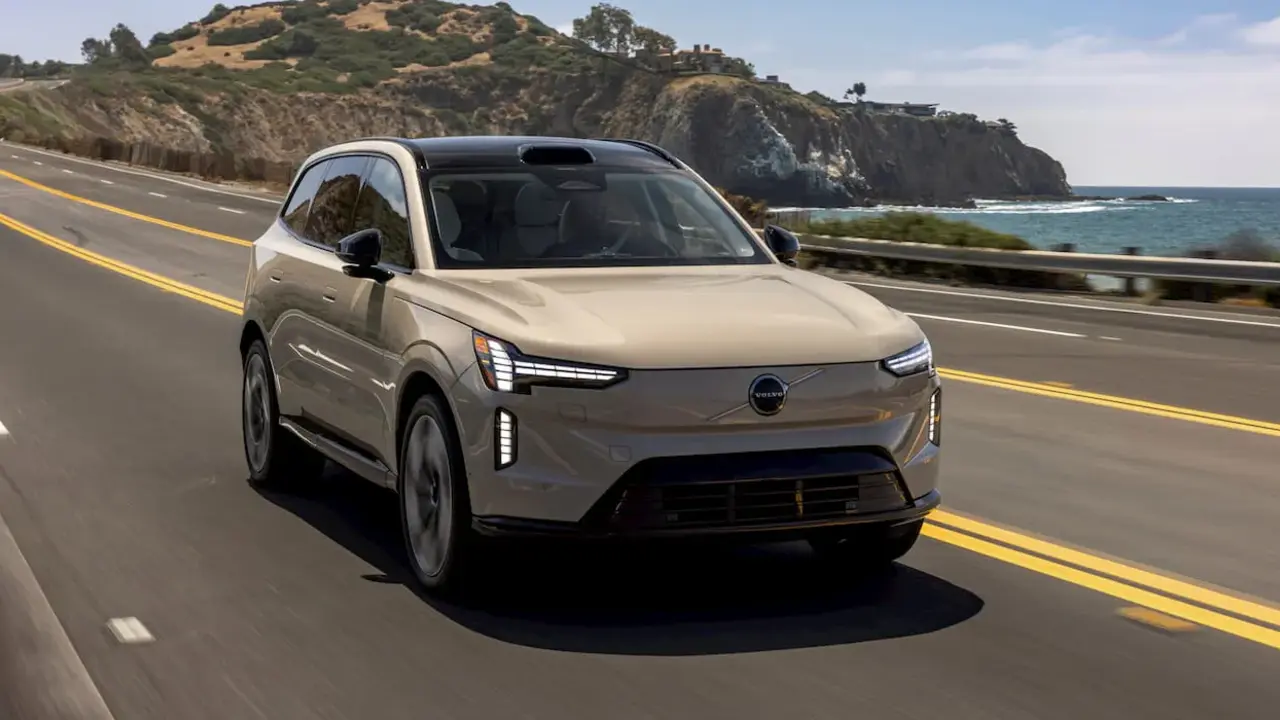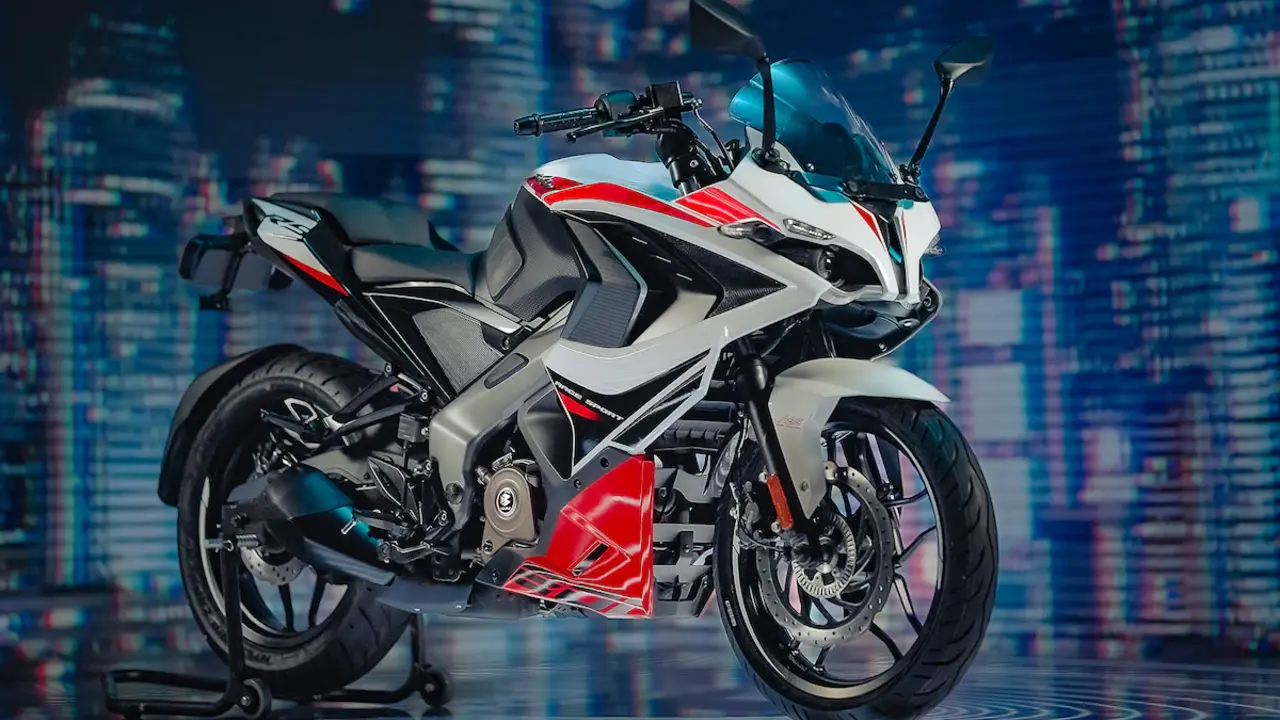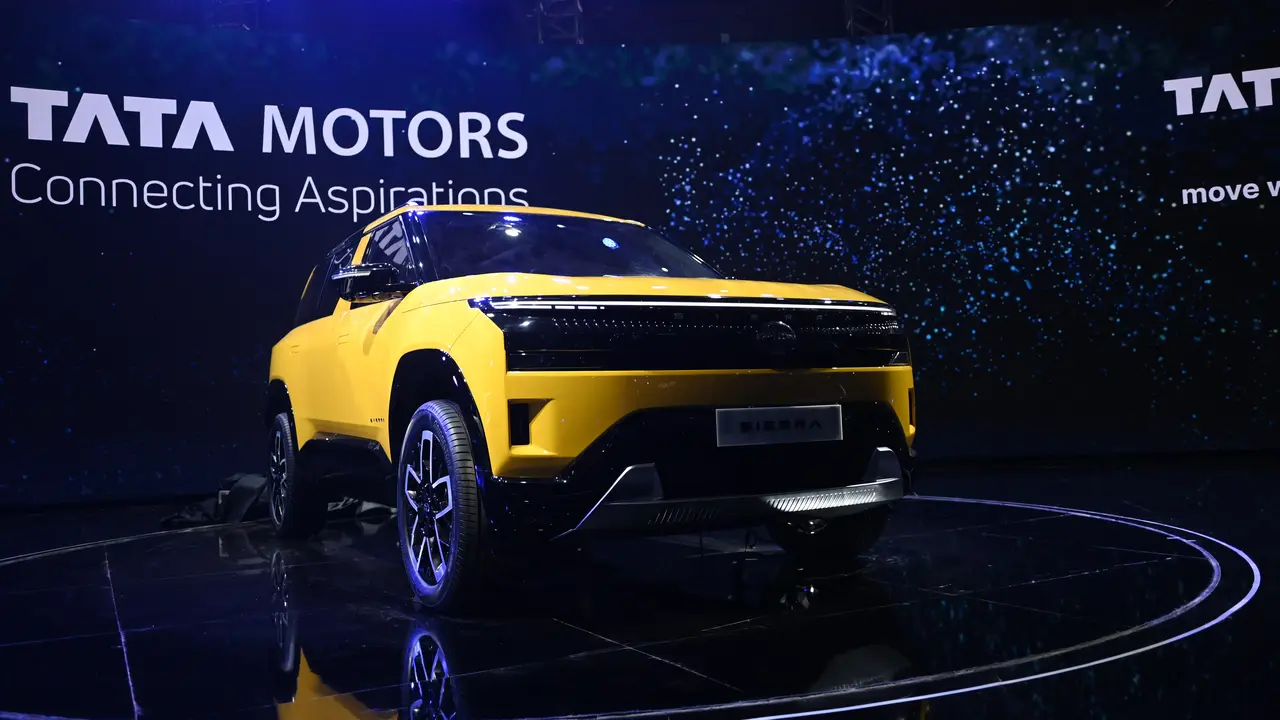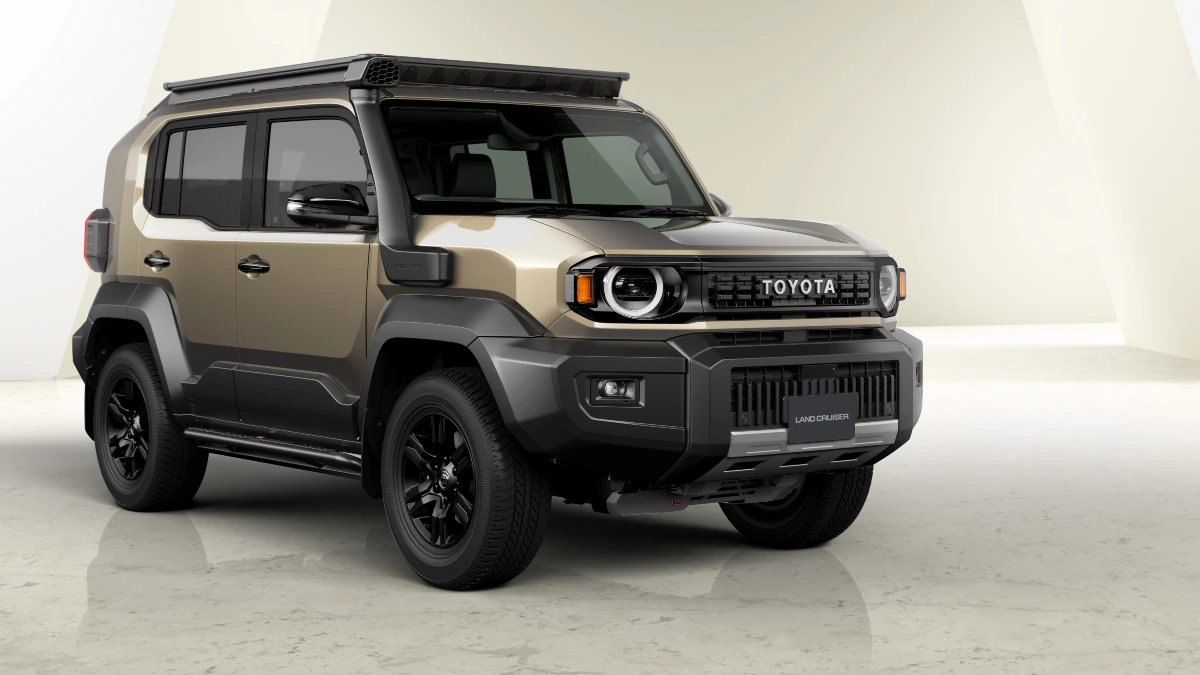I’m excited to share the latest on Hyundai First India-built EV SUV plans and the Creta hybrid roadmap. If you follow Indian cars, this is a big moment: Hyundai told investors it will bring a locally designed electric SUV and a Creta hybrid around 2027 as part of a much larger electrification push.
What Hyundai announced at Investor Day
At its Investor Day on October 15, 2025, Hyundai Motor and Hyundai Motor India laid out a clear plan for India. I looked at the numbers and the timeline, and here are the highlights you need to know:
- Investment: About USD 5.07 billion (≈Rs 45,000 crore) through 2030.
- New models: 26 new models and region-specific electrified products.
- Local EV SUV: A compact, India-designed and built electric SUV slated for 2027.
- Creta hybrid: A hybrid version of the next-gen Creta expected around early 2027.
- Capacity: HMIL aims for around 1.1 million annual production by 2030, with roughly 30% for exports.
- Portfolio goal: More than 50% of India sales to be eco-powertrains (EV/HEV/CNG) by 2030.
These commitments show Hyundai is treating India as both a big domestic market and a regional export hub.
Why a locally designed EV SUV matters
When a global carmaker designs a model in India, it means the car is purpose-built for local roads, costs, and buyer needs. The Hyundai First India-built EV SUV is billed as a compact urban SUV for mass buyers. That matters because:
- It should be cheaper to build and sell compared with imported or global-platform EVs.
- Local engineering can prioritize features Indian buyers want — like cabin space, ride comfort on bad roads, and value-packed tech.
- It increases the chance Hyundai will export the model to nearby markets, helping scale production.
Hyundai also named Tarun Garg as HMIL’s CEO effective January 2026, signaling new leadership to carry this strategy forward.
How the Creta hybrid fits the plan
We already saw the Creta Electric launch in 2025. The next step is a hybrid Creta — a smart move. Hybrids are often cheaper to develop than full EVs and help cut fuel use right away. Hyundai expects the next-gen Creta hybrid to roll out in early 2027. Here’s why that matters:
- Creta is one of Hyundai’s best-selling nameplates in India — a hybrid version can reach many buyers quickly.
- Hybrids give better city fuel economy without requiring public charging infrastructure.
- This fits Hyundai’s goal of 50%+ eco-powertrains in India by 2030.
Quick comparison: India-built EV SUV vs Creta Electric vs Creta Hybrid
To give you a clear picture, I put together a simple comparison table using what we know and what experts are projecting.
| Model | Platform / Focus | Expected Battery / Powertrain | Target Price (India) | Likely Rivals |
|---|---|---|---|---|
| India-built EV SUV (2027) | Locally designed compact EV for India | Expected 35–45 kWh battery; urban range 300–400 km (est.) | Competitive mass-market pricing (target: sub-Rs 20–25 lakh) | Tata, MG, Hyundai Creta EV (segment overlap) |
| Creta Electric (2025) | Creta-derived EV offering | OEM announced Creta EV; typical 40–60 kWh class | Launched ~Rs 18 lakh (varied by trim) | MG ZS EV, Kia EV variants |
| Creta Hybrid (2027) | Next-gen Creta with hybrid tech | Strong/ICE-hybrid; improved fuel economy (est. 20–30% better) | Mid-price SUV bracket (slightly above ICE Creta) | Hyundai, Kia hybrids, Honda hybrids |
Note: Some numbers are projections based on industry reporting. Hyundai has confirmed the timelines and investment, while exact specs and price will come later.
What this means for buyers and the market
If you’re shopping for a family SUV or an affordable EV, these moves change the game. Here’s what I think you should watch for:
- Lower EV prices: A local design helps Hyundai cut costs. That could bring EVs into reach for many more buyers.
- Choice of powertrains: You’ll likely see more hybrid Creta models and an India-focused EV — meaning you can choose EV, hybrid, or ICE depending on budget and charging access.
- Exports and jobs: The investment targets 1.1 million annual capacity and ~30% exports by 2030, which could mean more local jobs and parts suppliers growing here.
Hyundai’s plan also signals to competitors that India will be a major battleground for affordable electrified cars over the next five years.
What to watch next
I’ll be looking for three near‑term signals:
- An official reveal with specs for the India-built EV SUV (battery size, range, price).
- Exact launch timing and factory allocation — which Indian plant will build the model.
- Creta hybrid technical details — is it a mild hybrid, strong hybrid, or something else?
Expect these details to appear through 2026 ahead of the 2027 launches.
Also Read: Maruti Suzuki eVitara Ready for Launch This December – Wait Almost Over!
Final Thoughts
To wrap up, Hyundai’s investor-day plan is bold and practical. The Hyundai First India-built EV SUV and the Creta hybrid set a clear path: more affordable EVs, more hybrids, and a stronger India manufacturing base. With USD 5.07 billion earmarked for investment and a target of over 50% eco-powertrains by 2030, Hyundai is making a big bet on India. I’ll keep tracking official reveals and specs, and I’ll share updates as soon as Hyundai confirms more details.
If you want, I can pull source links and exact press releases from Hyundai, Reuters, India Today and Economic Times so you can read the primary reports yourself.
